Introduction
Hey there, fellow digital voyagers! In today’s increasingly interconnected world, website security isn’t just a good idea; it’s a necessity. Picture your website as your digital storefront, and security as the guardian of your valuables. Let’s dive into the world of website security best practices to ensure your online fortress stands strong.
Understanding Common Threats
First off, let’s talk about the adversaries you’re up against. Malware, phishing, DDoS attacks – these digital foes are real and can wreak havoc. We’ll share real stories of websites that fell victim and highlight the crushing consequences.
Secure Hosting and Infrastructure
Your website’s foundation is key. Start by choosing a trustworthy hosting provider. Implement SSL certificates for data encryption, and don’t skip those routine server and software updates to plug vulnerabilities.
Strong Authentication
Passwords matter. A lot. Embrace strong, unique passwords and consider the added layer of security that multi-factor authentication provides. Plus, don’t forget to educate your team about password best practices. Password management tools are your friends here.
Regular Backups
Imagine losing your website data overnight – a nightmare, right? Regular backups are your safety net. Opt for automated solutions and keep those backups off-site. And always have a disaster recovery plan in your back pocket.
Website Security Plugins and Tools
Tech-savvy folks, rejoice! There’s a slew of security plugins and tools tailored for various platforms. Whether you’re rocking WordPress, Joomla, or something else, we’ll help you navigate this landscape and find real-time monitoring and threat detection solutions.
Content Security Policies (CSP)
Ever heard of CSP? It’s like a set of rules for your website, guarding against attacks like cross-site scripting. We’ll break down what CSP is, why it matters, and give you some practical examples to make it work for you.
Web Application Firewall (WAF)
Think of a Web Application Firewall as your digital bodyguard. It shields your website from threats like SQL injection. We’ll help you choose the perfect WAF to suit your needs. The use of a Firewall is one of the most important website security best practices.
Employee Training and Awareness
Here’s the kicker: humans play a crucial role in security. Regular security training for your team and raising awareness about phishing and social engineering tactics can save the day.
Incident Response Plan
Hope for the best, prepare for the worst. Developing a robust incident response plan is vital. Who does what when a breach occurs? Regular testing and fine-tuning are paramount.
Third-Party Services and Integrations
Don’t blindly trust third-party services and plugins. Assess their security and establish the necessary protective measures.
Compliance and Regulations
If your website handles user data, you must play by the rules. GDPR, HIPAA – we’ll demystify these regulations and help you stay compliant. Regular security audits and assessments are a must.
Continuous Monitoring and Updates
Lastly, website security isn’t a one-and-done deal. Think of it as an ongoing journey. Continuous monitoring, keeping your website software, plugins, and themes up to date, and staying informed about emerging threats are your allies.
Conclusion – Website Security Best Practices
Phew! We’ve covered a lot of ground here. Always remember that website security is an ongoing commitment. Just like you’d secure your physical store, prioritize your digital one too.
Our Service
Speaking of web design, have you heard about our web design service? We’re a team of experienced and budget-conscious web designers who appreciate the significance of a beautiful, functional website. So, if you’re on the hunt, you might just have stumbled upon the treasure you’ve been seeking. Reach out to us, and let’s embark on a journey to create some digital magic together! 💻✨




